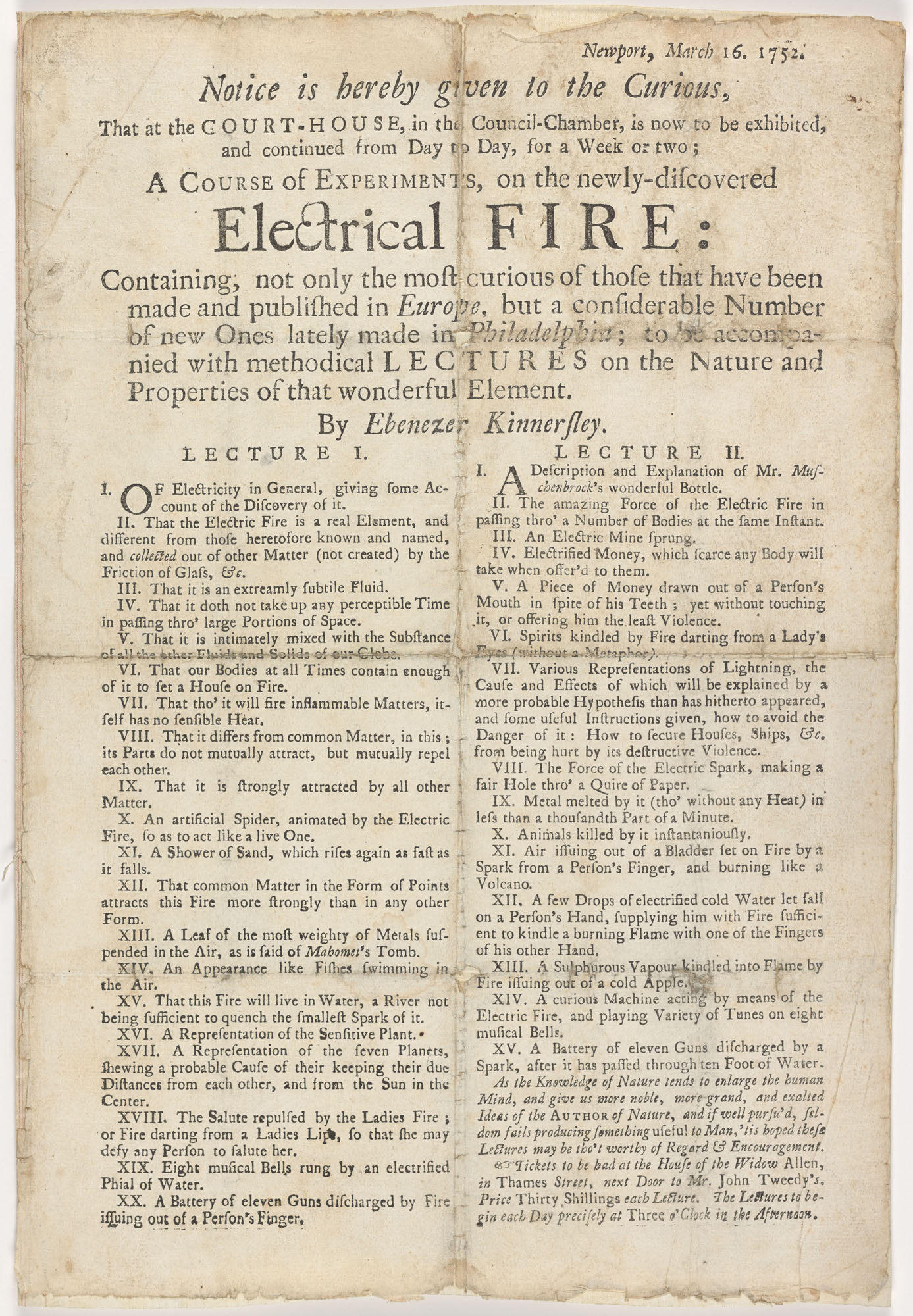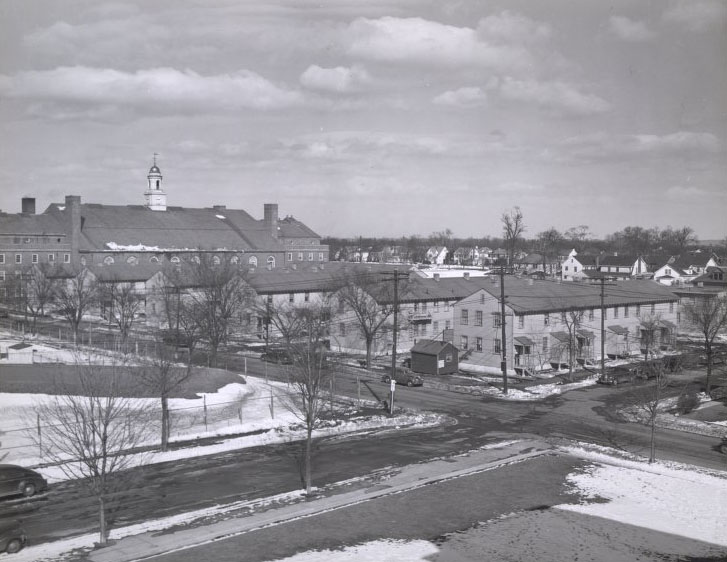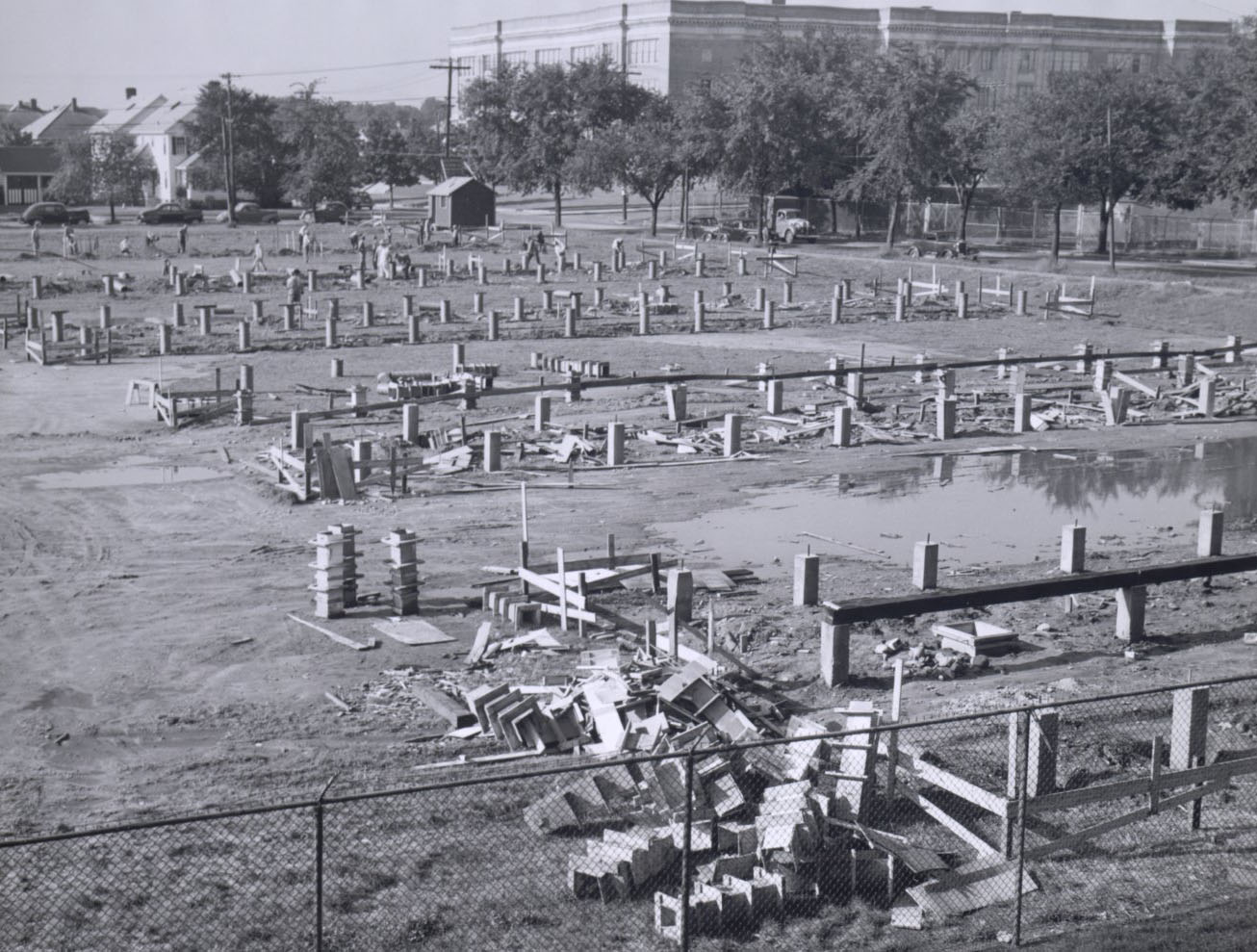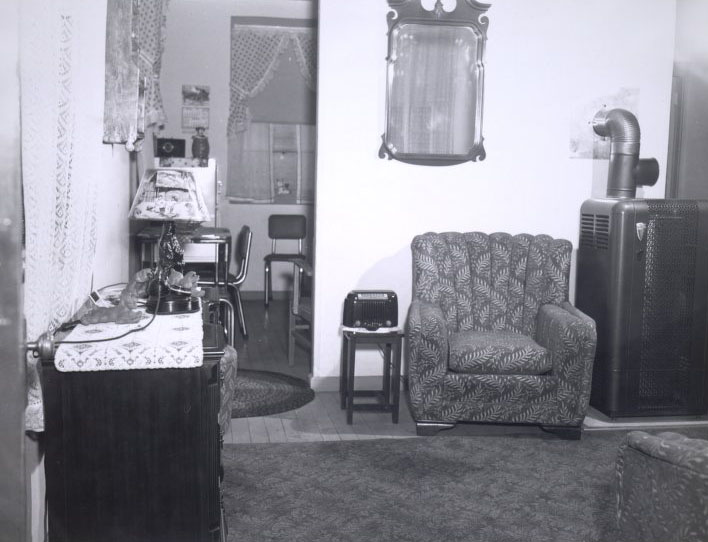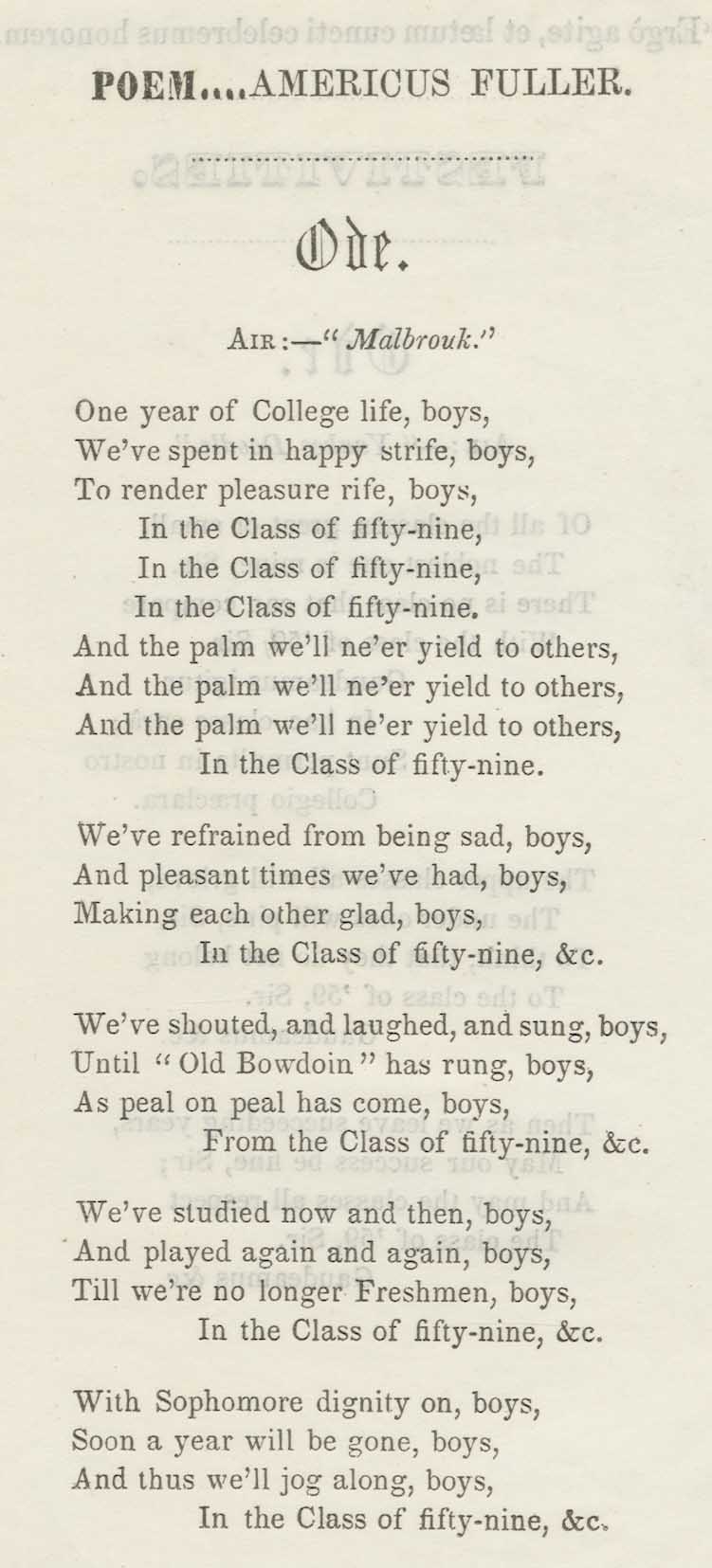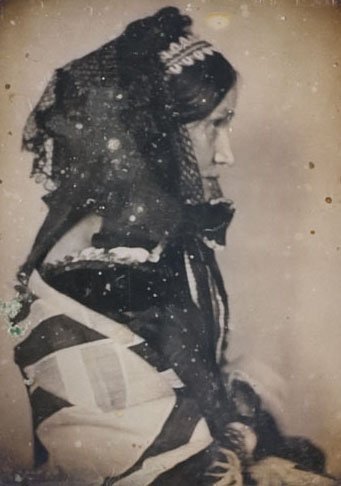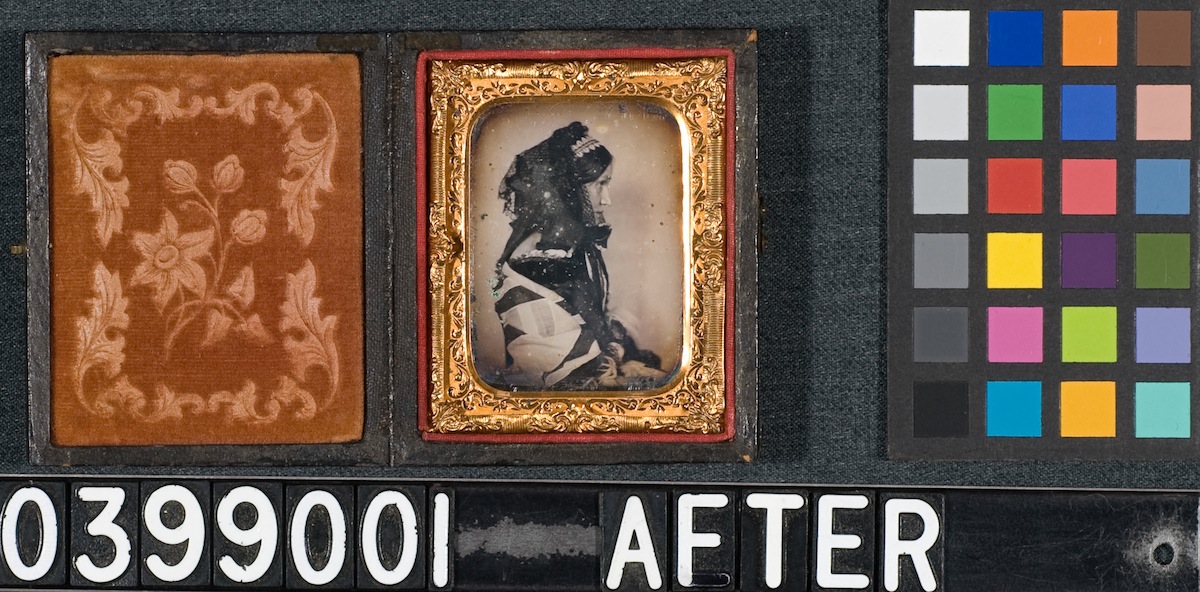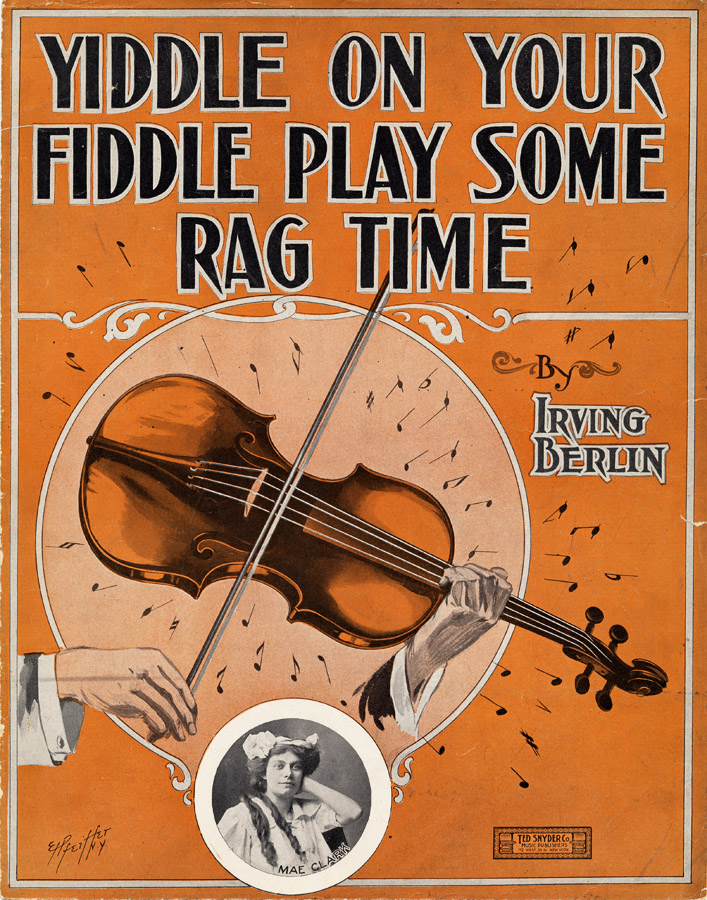Dorm Life
A quiet lull has settled upon campus following the Magnolia bloom, end of semester, and graduation. The dormitories are empty after a mad flurry of packing, shipping, and mountainous sidewalk disposals.
A glimpse inside what typical student housing looks like on campus today can be had by taking a 360 virtual tour of the “Green Dorm Room”, but what was student housing like on campus during the first half of the 20th century? Photographs from the Brown University Archives, part of the recently published Images of Brown collection, give an inkling to what dorm life looked like in days gone by.
Up until 1935, students were able to furnish their own rooms in a style of their choosing. The image above shows Edgar G. Buzzell and Dana G. Munro relaxing in their 4th floor Slater Hall room, on a February night in 1910.
Student housing first became available at Brown with the completion of the second floor of University Hall in 1772, but it wasn’t until October 1891 that the first female students arrived on Campus. The first dormitory for women students was a building known as the Slater Homestead, on Benefit Street. John Slater’s widow gifted the building to the Women’s College at Brown University in 1900. In 1910, Miller Hall was built to accommodate about fifty women students, replacing the Homestead (now a nursing home named Hallworth House). The Women’s College became Pembroke College in 1928, and over the years Pembroke and Brown merged student organizations and classes to become a truly co-educational university. 1969 brought the first co-ed dorm, when fifty-seven Pembroke Freshman moved into the top two floors of Diman House in the Wriston Quadrangle. Below is a Brown News Agency photograph showing a group of Pembrokers (as they were then known) at leisure, playing cards, reading, knitting, and eating chocolates.





